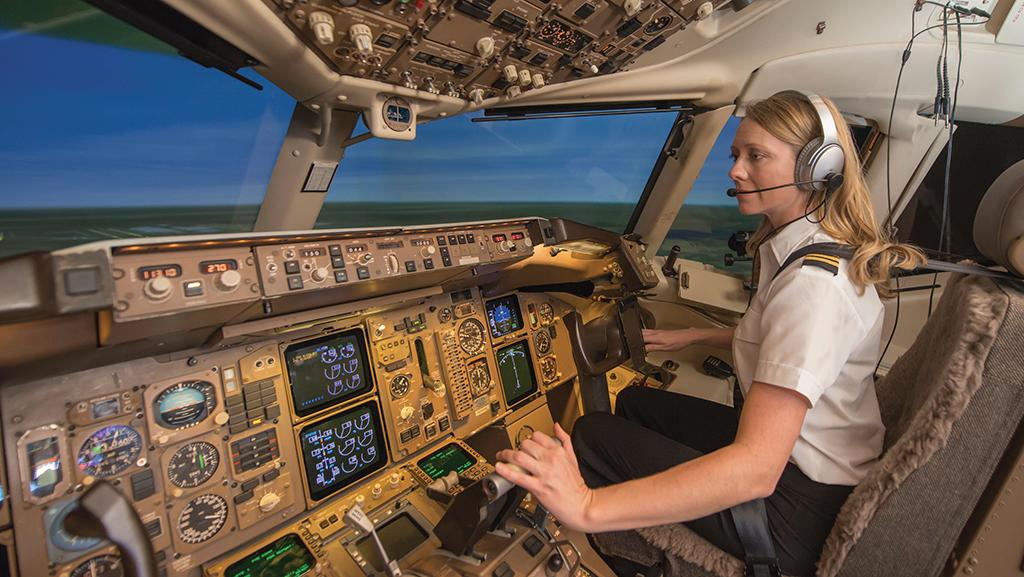Opinion: Why Unions Do Not Want To Tackle The Pilot Shortage

Credit: Cavan Images/Alamy Stock Photo
If U.S. legislators continue to ignore the commercial pilot shortage and do not support common sense solutions to fill an empty pipeline, they will have no one to blame but themselves for the consequences. Inaction will disenfranchise constituents from the air transportation grid, dampen the sector...
Subscription Required
This content requires a subscription to one of the Aviation Week Intelligence Network (AWIN) bundles.
Schedule a demo today to find out how you can access this content and similar content related to your area of the global aviation industry.
Already an AWIN subscriber? Login
Did you know? Aviation Week has won top honors multiple times in the Jesse H. Neal National Business Journalism Awards, the business-to-business media equivalent of the Pulitzer Prizes.




